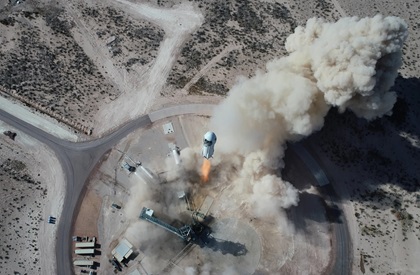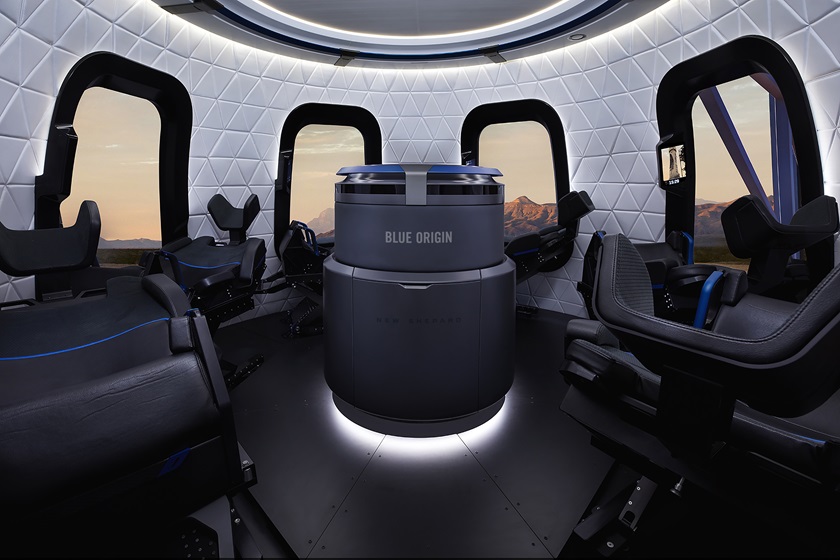Billionaires race to space
Virgin Galactic cleared to carry passengers; Blue Origin aims to launch July 20
Three separate companies are preparing to launch civilians into space, with a billionaire entrepreneur at or near the front of each line. News of progress boosted investor confidence in the business prospects of this budding space tourism industry, though it is not yet clear how soon, or how often, individual paying customers will follow.
Fewer than 600 people have flown high enough to pierce the boundary of space. Hundreds more are said to be waiting in line, tickets in hand, for a flight above in Virgin Galactic’s Unity spaceship, one of three spacecraft built by private companies with paying customers in mind. Virgin Galactic founder Richard Branson may soon take his turn aboard VSS Unity, the air-launched rocket developed from an original design by Burt Rutan. Virgin Galactic has reported selling 600 tickets for a round-trip excursion from New Mexico that will include a few minutes of weightlessness.
“We’re incredibly pleased with the results of our most recent test flight, which achieved our stated flight test objectives,” Virgin Galactic CEO Michael Colglazier said in a June 25 news release. “The flight performed flawlessly, and the results demonstrate the safety and elegance of our flight system. Today’s approval by the FAA of our full commercial launch license, in conjunction with the success of our May 22 test flight, give us confidence as we proceed toward our first fully crewed test flight this summer.”

Amazon CEO and Blue Origin founder Jeff Bezos has signaled his intent to launch July 20, the anniversary of the Apollo 11 moon landing, and this month announced that his brother, Mark, will join him on that flight. Another seat on Blue Origin’s first crewed space launch was claimed with a $28 million winning bid in a charity auction that drew 7,600 participants from 159 countries. (The winning bidder will be named later, Blue Origin said.)
SpaceX founder Elon Musk sold a rocket ride aboard the Dragon spacecraft to fellow billionaire Jared Isaacman, an experienced aviator who will lead an all-civilian crew on an orbital mission that aims to raise more than $200 million for St. Jude Children’s Research Hospital. The Dragon capsule and Falcon 9 rocket have completed three successful flights with NASA astronauts aboard since the company made the first crewed flight to the International Space Station on May 30, 2020; they were the first people launched into orbit from the United States since 2011. Isaacman and his Inspiration4 crew have been training for their multiday orbital mission, the first orbital flight by an all-civilian crew, that they plan to launch “no sooner than” September.
With billions of dollars spent to date on this flurry of commercial space superlatives, skeptical spectators wonder how many flights will be packed with millionaires who are able to afford tickets priced at $200,000 or more (possibly much more) before the flight pace picks up enough to create something more like an economy seat on a future rocket ride.





